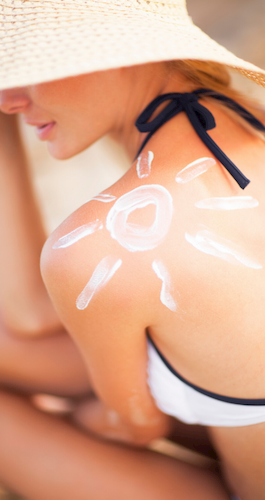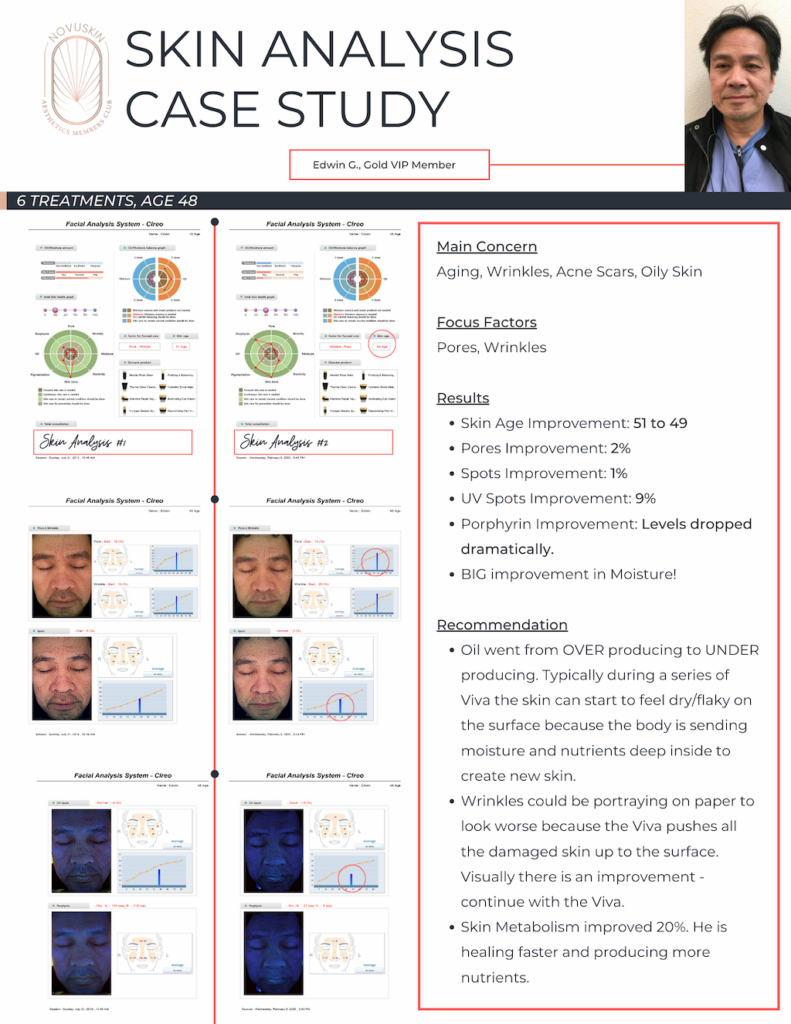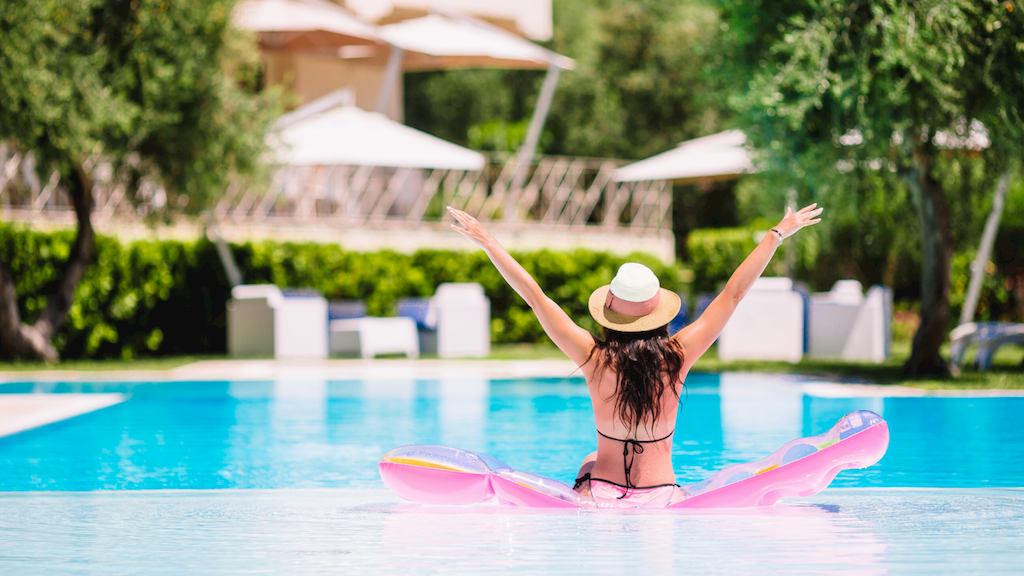Warm summer days have arrived, and I believe we all get a little excited to be outdoors this time of the year as we welcome joyful sunshine, freshly-cut grass lingering in the air, and crystal clear swimming pools inviting us to take a dip. The summer season comes with heat, sun, sand, chlorine, and saltwater. All of which can be hard on our skin.
Soaking in chlorinated water, such as pools or spas, dries the outer layers of our skin. These chemicals strip our hair and skin of natural oils that keep damage out and moisture in, leaving our skin feeling dry, itchy, and sensitive. Before you get in the pool, try rinsing your hair with fresh water and apply an oil-based leave-in conditioner.
Saltwater, on the other hand, has benefits to skin health. The ocean is naturally full of vitamins, amino acids, and minerals. The sulfur found in the water is especially useful for acne. It’s no wonder how little scrapes and micro-wounds heal faster after a day at the beach. However, too much of a good thing can also be drying to the skin. After a day at the pool or the beach, rinse off and use a mild cleanser to remove chlorine and saltwater traces. Then you’ll want to lock in the moisture by applying lotion from head to toe.
Did you Know
Hot weather increases water loss, which leads to dehydration. Sweating is the body’s natural way of cooling itself, but when mixed with dirt and bacteria, it can clog the pores and lead to breakouts. It’s a misconception that sun exposure will dry up excess oils and reduce the appearance of acne lesions. UV damage and drying of the skin can cause the glands to produce more oil, which will lead to more breakouts in the future. Prevent water loss in the skin and body by drinking lots of water and moisturizing regularly.
People who reside in areas with warm temperatures and excessive sun exposure should take extra care to protect themselves from the sun’s harmful rays. There are two primary rays present in our sunshine that are the most damaging to our skin. We call these ultra-violet rays, UVA and UVB.
UVB rays are considered “burning” rays, which are responsible for sunburns and play the most significant role in skin cancer. UVA rays penetrate deeper into our skin; we call these “aging” rays. These harmful rays contribute to premature aging by breaking down the formation of collagen and elastin in our skin, thus causing wrinkles, fine lines, and a loss of firmness.

How to Protect your Skin
There are approximately 500x more UVA rays than there are UVB. UVA rays have longer wavelengths; this causes damage to every layer of the skin. UVA rays can even penetrate through glass, think about your driver’s side window; most skin damage will be present on a person’s left side. Wavelengths are vital because we need to protect the surface as well as the deeper layers of the skin. We do this by choosing a broad-spectrum sunscreen that uses both chemical and physical ingredients to protect against the sun.
Physical vs. Chemical Sunscreen
Physical sunscreen creates a reflective barrier on the skin’s surface, deterring the contact of UVB rays. The two main ingredients to look for in a physical sunscreen are titanium dioxide and zinc oxide. This type of filtered sunscreen isn’t absorbed into the skin and will be thick, white, and reflective, like the sunscreen made for babies.
Chemical sunscreens, on the other hand, soak into the skin absorbing the UVA rays. The chemical reaction transforms the UV light into heat, which can now release from the skin. Active ingredients found in chemical sunscreens are avobenzone, octinoxate, and oxybenzone. This type of sunscreen is colorless and odorless. These ingredients are a favorite in men’s sunscreen because they don’t leave any white residue in facial hair.
It’s important to note that most skin sensitivities will come from a chemical sunscreen. If you are prone to breakouts, look for the ingredient niacinamide; this is in the vitamin B3 family and found in products labeled blemish-prone or sensitive skin.
Knowledge is Power
At Novuskin, we use a scientific digital skin analysis to provide our members with a personalized assessment that looks at the different layers and conditions of the skin. One of its many benefits is examining UV damage. These results help us understand which treatments to recommend so we can repair any previous sun damage. Here is a case study from a VIP member who improved his sun damage by 9% in only six months, resulting in his skin age to decrease by two years!

Click here to view a video on “How the sun sees you.” It’s had a profound effect on me and keeps me wanting to protect my skin all year round.
How to Apply Sunscreen
The proper way to apply sunscreen is 30 min before sun exposure; this allows the SPF to bind to the surface and fully penetrate the skin. Reapply every two hours and immediately after swimming or sweating.
It’s ok to head outside and enjoy this beautiful summer season. With knowledge and preventative care, we can safely partake in any summertime activities and have beautiful, sun-savvy skin for years to come!
Author: Shannon L. , Novuskin VIP Aesthetician & Laser Tech








